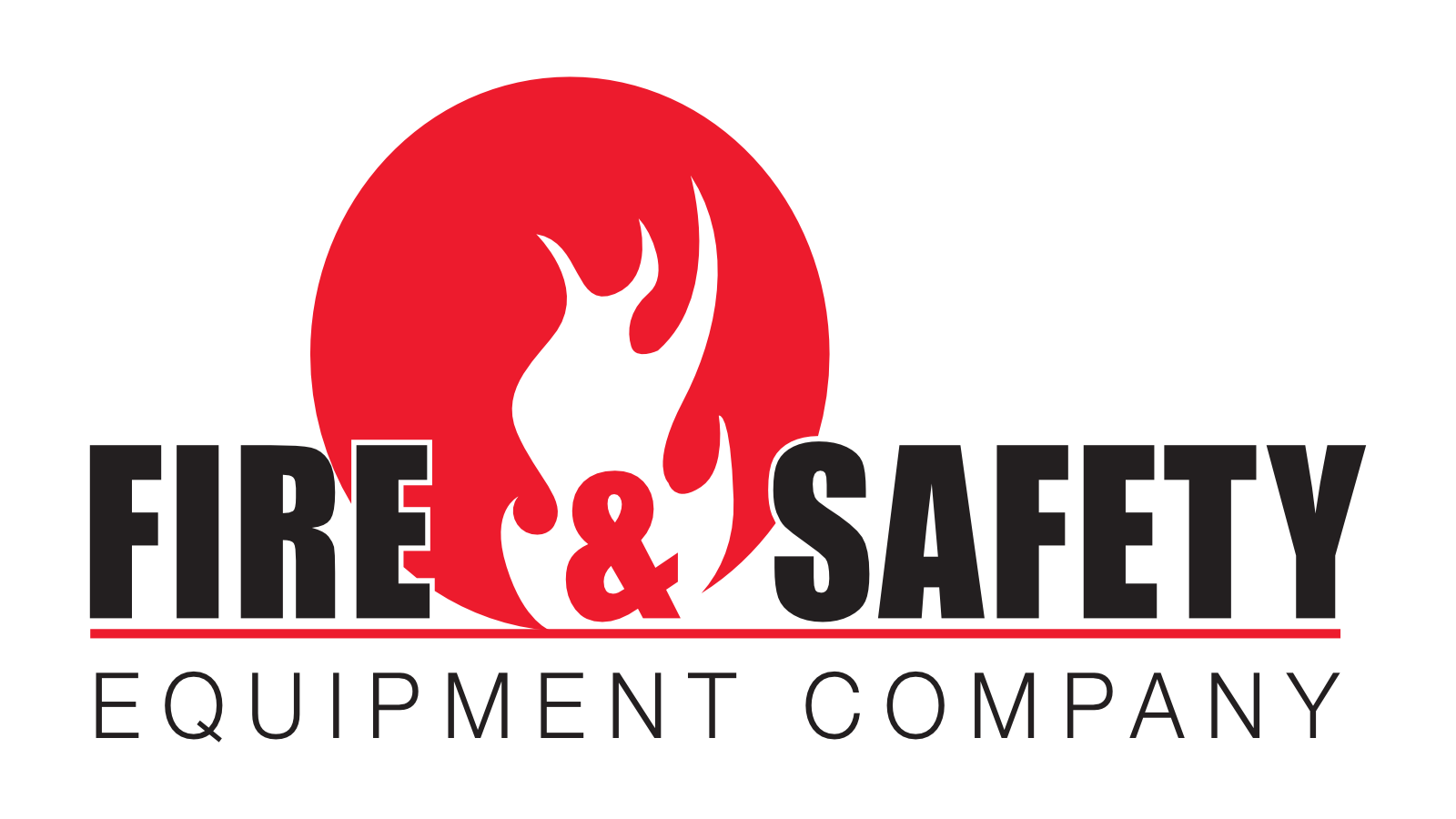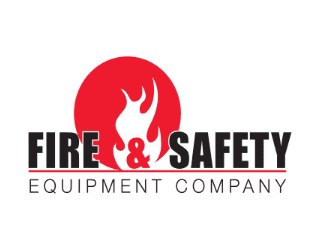OSHA and the Life Safety Code also require both a monthly inspection of all booths systems to function properly.
Painting and paint removal present hazards requiring effective controls. Hazards include exposure to toxic materials and flammable or explosive mists, particulates, and vapors. Potential physical and health hazards may be effectively controlled by appropriate work procedures, controls, facility design, protective clothing, and equipment.
One of the most frequent types of spray operations is spray painting, with spray booths as a common engineering control used to protect workers. Spray booths serve two main purposes:
- to protect the health of the painter
- to reduce fire and explosion hazards
- To keep your paint booth as safe as possible, there are some simple things you should do to maintain your booth and the safety of those who work in it.
Clean the booth!
Sweep and/or mop the floors daily to keep dust off freshly painted surfaces.
Clean the exhaust plenum by sweeping or vacuuming excessive material buildup.
Sweep or vacuum the outside of the booth every year to remove dirt, dust and spider webs that can be sucked into the booth.
Clean Filters = Clean Air!
Change exhaust filters when the manometer reads 0.5” above the initial differential reading.
Change intake filters when they appear dirty or every 100 hours of booth usage.
Inspect elements of your booth
Every six months, you should check the fan belts for cracks and tension. Much like automotive belts, they can harden or glaze, and begin to slip.
Light fixtures should not have damaged glass or issues with the wire connections.
Ensure positive seals on doors, door latches, door hinges, floor sweeps and door gaskets every three months.
Check caulking between seams every three months and fill any gaps or cracks.
Inspect ductwork every three months for gaps or excessive buildup.

